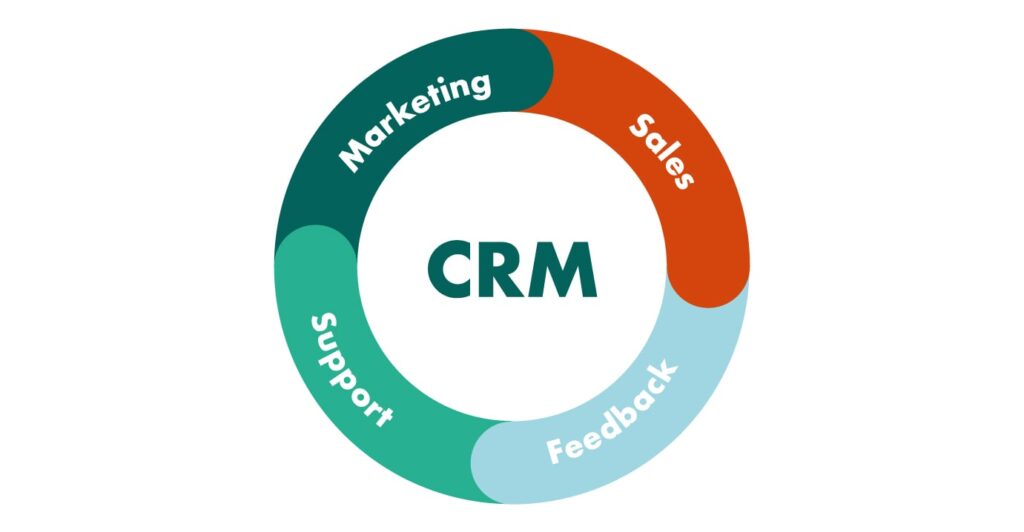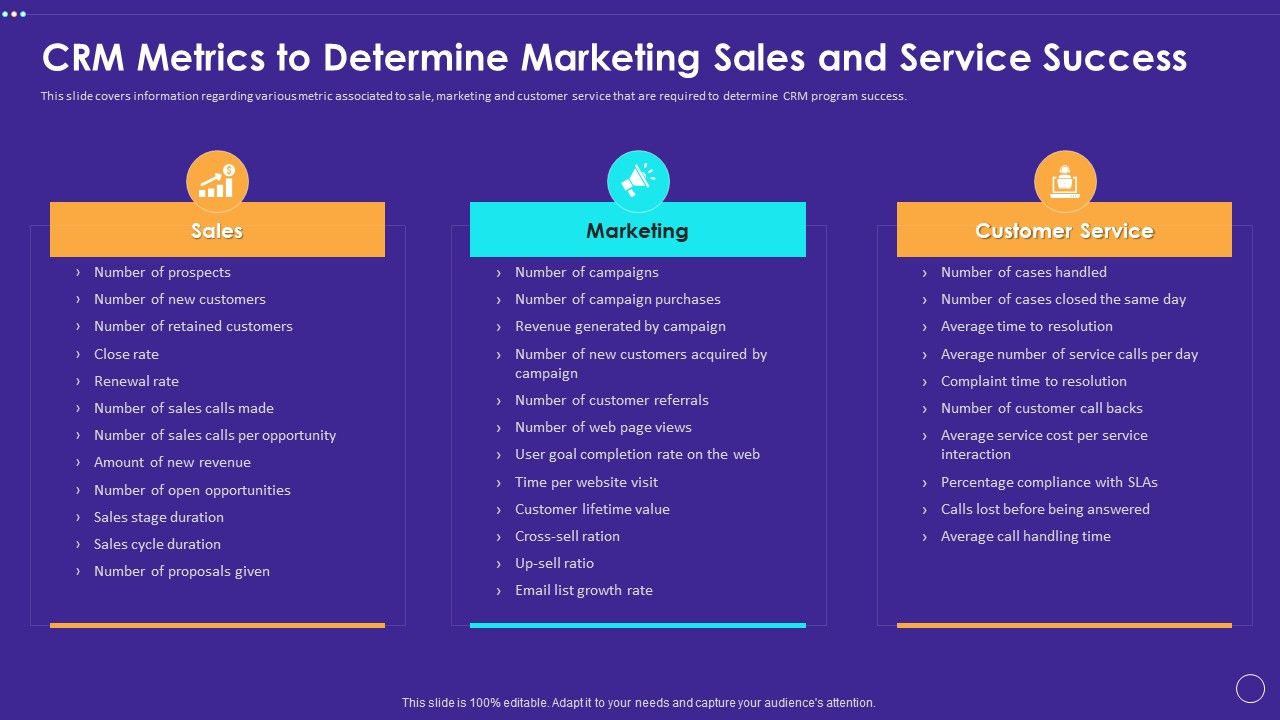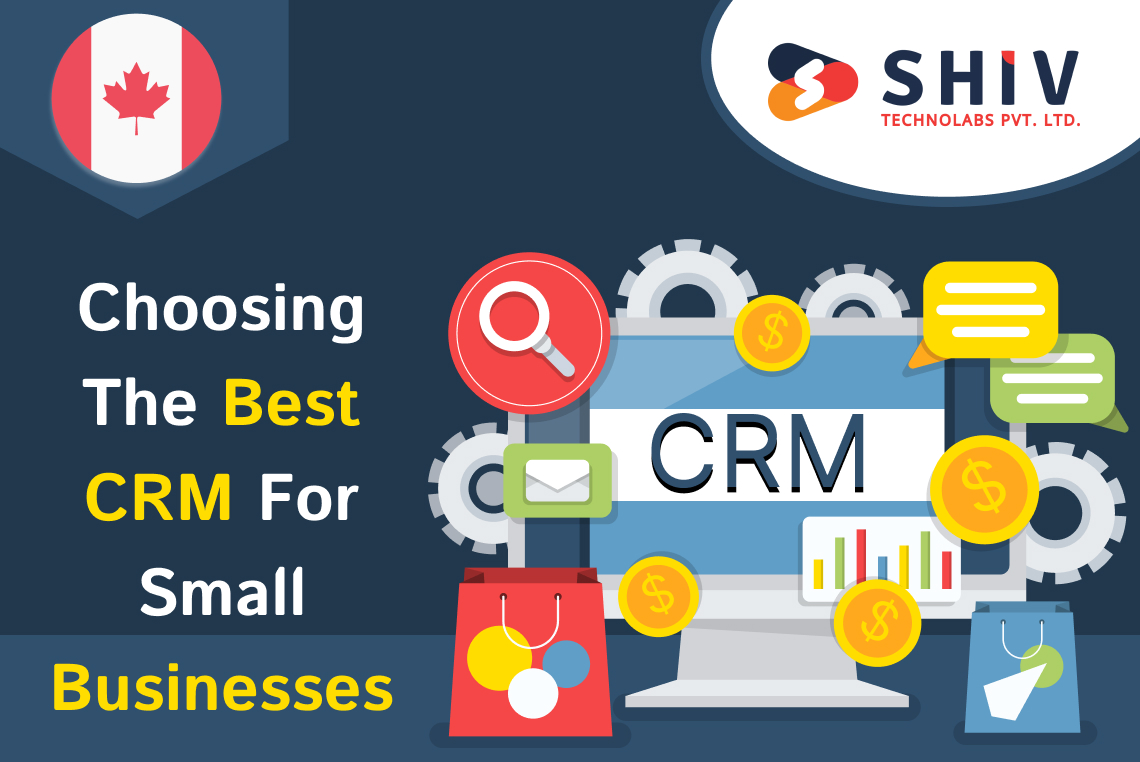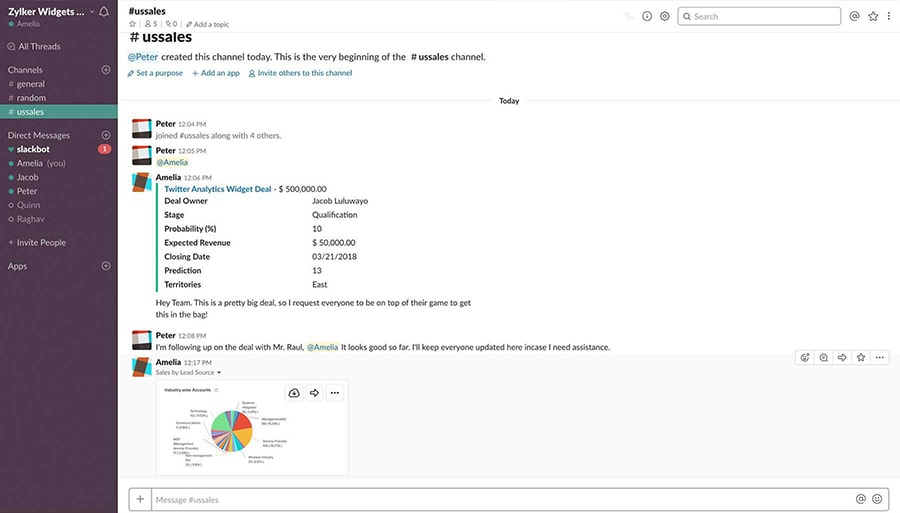
Mastering CRM Marketing: A Comprehensive Content Strategy for Exponential Growth
In today’s hyper-competitive business landscape, simply having a Customer Relationship Management (CRM) system isn’t enough. To truly thrive, you need a robust CRM marketing content strategy. This isn’t just about sending out generic emails; it’s about crafting personalized experiences that resonate with your audience, nurture leads, and drive conversions. This article dives deep into the intricacies of CRM marketing content strategy, providing actionable insights, best practices, and real-world examples to help you transform your CRM into a powerful engine for growth.
Understanding the Core of CRM Marketing Content Strategy
At its heart, a CRM marketing content strategy is a meticulously planned approach to creating and distributing content that aligns with the customer journey. It leverages the data stored within your CRM to deliver the right message, to the right person, at the right time. This means going beyond basic segmentation and delving into individual customer preferences, behaviors, and needs. The goal? To build meaningful relationships, foster loyalty, and ultimately, boost your bottom line.
Key Components of a Winning Strategy
- Customer Segmentation: Dividing your audience into distinct groups based on demographics, behaviors, purchase history, and other relevant criteria.
- Content Mapping: Planning the content that will be delivered to each segment at each stage of the customer journey (awareness, consideration, decision, retention).
- Personalization: Tailoring content to individual customer preferences and needs, leveraging data from your CRM.
- Automation: Using CRM features to automate the delivery of content, such as email sequences, triggered messages, and personalized offers.
- Measurement and Analysis: Tracking key metrics (open rates, click-through rates, conversion rates) to assess the effectiveness of your content and make data-driven improvements.
Without these fundamental elements, your CRM marketing efforts will likely fall flat. Think of it like this: you wouldn’t try to build a house without a blueprint. Similarly, you can’t expect to achieve significant results in CRM marketing without a well-defined strategy.
Building Your CRM Marketing Content Strategy: A Step-by-Step Guide
Now, let’s break down the process of building a successful CRM marketing content strategy. It’s not an overnight process, but with careful planning and execution, you can see significant results.
1. Define Your Goals and Objectives
Before you start creating content, you need to know what you want to achieve. Are you trying to increase lead generation, improve customer retention, or boost sales? Your goals will guide your content strategy and determine the metrics you’ll track. Be specific and measurable. For example, instead of saying “increase sales,” aim to “increase sales by 15% in the next quarter.”
2. Understand Your Audience (Deep Dive)
This is arguably the most crucial step. You need to know your customers inside and out. This means going beyond basic demographics and understanding their pain points, motivations, and preferred content formats. Conduct thorough audience research. This can include:
- Customer Surveys: Direct feedback from your customers.
- Customer Interviews: In-depth conversations to gain qualitative insights.
- Data Analysis: Analyzing your CRM data to identify patterns and trends in customer behavior.
- Social Media Listening: Monitoring social media conversations to understand what your audience is talking about.
- Creating Buyer Personas: Develop detailed profiles of your ideal customers, including their demographics, psychographics, goals, and challenges.
The more you know about your audience, the better you can tailor your content to their needs and interests.
3. Map the Customer Journey
The customer journey is the path a customer takes from initial awareness of your brand to becoming a loyal customer. Mapping this journey helps you identify the different touchpoints where you can deliver relevant content. Common stages include:
- Awareness: The customer becomes aware of your brand.
- Consideration: The customer considers your products or services.
- Decision: The customer makes a purchase.
- Retention: The customer continues to use your products or services and becomes a loyal customer.
- Advocacy: The customer becomes a brand advocate and recommends your brand to others.
For each stage, identify the type of content that will be most effective. For example, at the awareness stage, you might use blog posts, social media updates, and infographics. At the decision stage, you might use case studies, testimonials, and product demos.
4. Segment Your Audience within Your CRM
Now that you understand your audience and the customer journey, it’s time to segment your audience within your CRM. This allows you to target specific groups with personalized content. Segmentation can be based on a variety of factors, including:
- Demographics: Age, gender, location, income, etc.
- Behavior: Website activity, purchase history, email engagement, etc.
- Interests: Products viewed, content consumed, etc.
- Purchase Stage: Lead, prospect, customer, etc.
The more granular your segmentation, the more personalized your content can be.
5. Create Compelling Content
This is where the magic happens. Based on your audience research, customer journey mapping, and segmentation, create content that resonates with your target audience. Consider the following content formats:
- Blog Posts: Share valuable information, insights, and thought leadership.
- Email Newsletters: Keep your audience informed about your products, services, and industry trends.
- Ebooks and Whitepapers: Provide in-depth information on specific topics.
- Case Studies: Showcase how your products or services have helped other customers.
- Videos: Engage your audience with visual content.
- Infographics: Present complex information in an easy-to-understand format.
- Social Media Updates: Share content, engage with your audience, and build brand awareness.
- Webinars: Host live or recorded presentations on relevant topics.
When creating content, focus on providing value, being informative, and engaging your audience. Use a clear and concise writing style, and always include a call to action.
6. Implement Automation and Personalization
Your CRM system is your ally here. Leverage automation features to streamline your content delivery and personalize the customer experience. This includes:
- Email Automation: Set up automated email sequences based on customer behavior, such as welcome emails, abandoned cart emails, and onboarding sequences.
- Personalized Content: Use customer data to personalize email subject lines, email content, website content, and other marketing materials.
- Triggered Messages: Send messages based on specific customer actions, such as website visits, form submissions, or purchases.
- Dynamic Content: Display different content to different segments of your audience on your website.
Automation saves you time and allows you to deliver more relevant content at scale. Personalization makes your content more engaging and increases the likelihood of conversions.
7. Track, Analyze, and Optimize
The final step is to track the performance of your content and make data-driven improvements. Use your CRM and other analytics tools to monitor key metrics, such as:
- Open Rates: The percentage of emails that are opened.
- Click-Through Rates (CTR): The percentage of recipients who click on links in your emails.
- Conversion Rates: The percentage of recipients who complete a desired action, such as making a purchase.
- Website Traffic: The number of visitors to your website.
- Lead Generation: The number of new leads generated.
- Customer Lifetime Value (CLTV): The predicted revenue a customer will generate over their lifetime.
Analyze your data to identify what’s working and what’s not. Make adjustments to your content, targeting, and automation based on your findings. Continuously test and refine your strategy to maximize your results.
Content Ideas to Power Your CRM Marketing
Need some inspiration? Here are some content ideas to get you started, tailored to different stages of the customer journey:
Awareness Stage
- Blog Posts: “5 Common Mistakes in CRM Implementation,” “The Benefits of CRM for Small Businesses,” “How to Choose the Right CRM System.”
- Social Media Updates: Share industry news, tips, and insights. Run polls and quizzes to engage your audience.
- Infographics: Visualize complex data or processes.
- Videos: Introduce your brand, explain your products or services, or share customer testimonials.
Consideration Stage
- Ebooks and Whitepapers: Offer in-depth information on specific topics related to your products or services.
- Case Studies: Showcase how your products or services have helped other customers.
- Product Demos: Demonstrate the features and benefits of your products or services.
- Webinars: Host live or recorded presentations on relevant topics.
Decision Stage
- Free Trials: Allow potential customers to try your products or services.
- Special Offers and Promotions: Incentivize purchases.
- Customer Testimonials: Build trust and credibility.
- Comparison Charts: Help customers compare your products or services to those of your competitors.
Retention Stage
- Welcome Emails: Thank new customers and provide them with helpful information.
- Onboarding Sequences: Guide new customers through the process of using your products or services.
- Customer Surveys: Gather feedback and identify areas for improvement.
- Exclusive Content: Offer exclusive content to your loyal customers.
- Loyalty Programs: Reward repeat purchases.
Advocacy Stage
- Referral Programs: Encourage customers to refer new customers.
- Social Media Contests: Encourage customers to share their experiences with your brand.
- User-Generated Content: Showcase customer reviews and testimonials.
Leveraging Different Content Formats Effectively
The best CRM marketing content strategy leverages a variety of content formats to engage different segments of your audience. Here’s how to utilize some of the most popular formats:
Blog Posts: The Cornerstone of Thought Leadership
Blog posts are a fantastic way to establish your expertise and provide valuable information to your audience. They allow you to address specific pain points, share industry insights, and build brand authority. To maximize the impact of your blog posts:
- Keyword Research: Identify the keywords your target audience is searching for.
- Clear and Concise Writing: Make your content easy to read and understand.
- Compelling Headlines: Grab attention and entice readers to click.
- Internal Linking: Link to other relevant content on your website.
- Call to Action (CTA): Encourage readers to take the next step, such as subscribing to your newsletter or contacting you.
Email Marketing: Personalized Communication at Scale
Email marketing remains one of the most effective ways to nurture leads and drive conversions. Your CRM system is the perfect tool for creating personalized email campaigns. Consider these best practices:
- Segmentation: Tailor your email content to specific audience segments.
- Personalization: Use the recipient’s name and other relevant data to personalize your emails.
- Mobile Optimization: Ensure your emails look good on all devices.
- A/B Testing: Test different subject lines, content, and CTAs to optimize your results.
- Regular Scheduling: Maintain a consistent email schedule to keep your audience engaged.
Video Marketing: Engaging and Memorable Content
Video is a powerful medium for capturing attention and conveying your message. Utilize video to:
- Introduce Your Brand: Create a brand video to showcase your company culture and values.
- Explain Your Products or Services: Develop product demo videos to highlight the benefits of your offerings.
- Share Customer Testimonials: Build trust and credibility by featuring satisfied customers.
- Host Webinars: Reach a wider audience and share valuable insights.
Social Media: Building Community and Driving Engagement
Social media is an excellent platform for engaging with your audience, building brand awareness, and driving traffic to your website. Create a consistent social media presence by:
- Choosing the Right Platforms: Focus on the platforms where your target audience spends their time.
- Creating Engaging Content: Share valuable content, run polls and quizzes, and encourage interaction.
- Using Relevant Hashtags: Increase the visibility of your posts.
- Responding to Comments and Messages: Engage with your audience and build relationships.
- Running Targeted Ads: Reach a wider audience and drive conversions.
Integrating CRM with Other Marketing Tools
To truly maximize the effectiveness of your CRM marketing content strategy, you need to integrate your CRM with other marketing tools. This will allow you to streamline your workflow, automate tasks, and gain a more comprehensive view of your customer data.
Email Marketing Platforms
Integrate your CRM with your email marketing platform to:
- Sync Contact Data: Automatically import and update contact information.
- Segment Your Audience: Create email lists based on your CRM data.
- Personalize Email Campaigns: Use CRM data to personalize email content.
- Track Email Performance: Monitor open rates, click-through rates, and conversions.
Marketing Automation Platforms
Integrate your CRM with a marketing automation platform to:
- Automate Marketing Workflows: Create automated email sequences, lead nurturing campaigns, and more.
- Score Leads: Assign scores to leads based on their behavior and engagement.
- Track ROI: Measure the return on investment of your marketing campaigns.
Social Media Management Tools
Integrate your CRM with a social media management tool to:
- Schedule Social Media Posts: Plan and schedule your social media content in advance.
- Monitor Social Media Mentions: Track mentions of your brand and engage with your audience.
- Analyze Social Media Performance: Measure the performance of your social media campaigns.
Common Pitfalls to Avoid
While CRM marketing offers immense potential, it’s easy to stumble along the way. Avoid these common pitfalls:
- Ignoring Data Privacy: Always comply with data privacy regulations like GDPR and CCPA.
- Sending Generic Content: Personalization is key. Avoid sending generic, mass emails.
- Not Segmenting Your Audience: Failing to segment your audience will result in irrelevant content.
- Neglecting Mobile Optimization: Ensure your content is mobile-friendly.
- Not Tracking Your Results: Track your key metrics to measure the effectiveness of your campaigns.
- Lack of Consistency: Maintain a consistent content schedule and brand voice.
- Poor CRM Data Quality: Ensure your CRM data is accurate and up-to-date.
By avoiding these pitfalls, you can increase your chances of success.
Measuring Success: Key Metrics to Track
To determine the effectiveness of your CRM marketing content strategy, you need to track key metrics. These metrics will provide valuable insights into your performance and help you make data-driven improvements. Here are some key metrics to focus on:
- Website Traffic: Monitor the number of visitors to your website to gauge the effectiveness of your content in driving traffic.
- Lead Generation: Track the number of new leads generated through your content.
- Conversion Rates: Measure the percentage of leads that convert into customers.
- Customer Acquisition Cost (CAC): Calculate the cost of acquiring a new customer.
- Customer Lifetime Value (CLTV): Estimate the revenue a customer will generate over their lifetime.
- Open Rates: Track the percentage of emails that are opened.
- Click-Through Rates (CTR): Measure the percentage of recipients who click on links in your emails.
- Bounce Rates: Determine the percentage of visitors who leave your website without interacting with your content.
- Social Media Engagement: Monitor likes, shares, comments, and other interactions on social media.
- Return on Investment (ROI): Calculate the return on investment of your CRM marketing campaigns.
Regularly monitor these metrics to identify areas for improvement and optimize your strategy. Use your CRM, analytics tools, and other reporting platforms to track your progress.
The Future of CRM Marketing Content Strategy
The field of CRM marketing is constantly evolving. As technology advances and customer expectations change, it’s important to stay ahead of the curve. Here are some trends to watch:
- Artificial Intelligence (AI): AI is being used to personalize content, automate marketing tasks, and predict customer behavior.
- Hyper-Personalization: Customers expect highly personalized experiences.
- Omnichannel Marketing: Integrate your CRM with all your marketing channels.
- Video Marketing: Video will continue to grow in popularity.
- Focus on Customer Experience: Prioritize creating a positive customer experience.
By embracing these trends, you can ensure your CRM marketing content strategy remains effective and relevant in the years to come.
Conclusion: Elevate Your Marketing with a Powerful CRM Strategy
In conclusion, a well-crafted CRM marketing content strategy is essential for business success. By understanding your audience, mapping the customer journey, segmenting your audience, creating compelling content, and leveraging automation and personalization, you can build strong customer relationships, nurture leads, and drive conversions. Remember to track your results, adapt your strategy, and stay ahead of the latest trends. With a strategic approach, your CRM system can become a powerful engine for growth, helping you reach your business goals and achieve lasting success. Implementing these strategies will not only optimize your marketing efforts but also foster customer loyalty, ultimately driving revenue and establishing your brand as a leader in the market.


